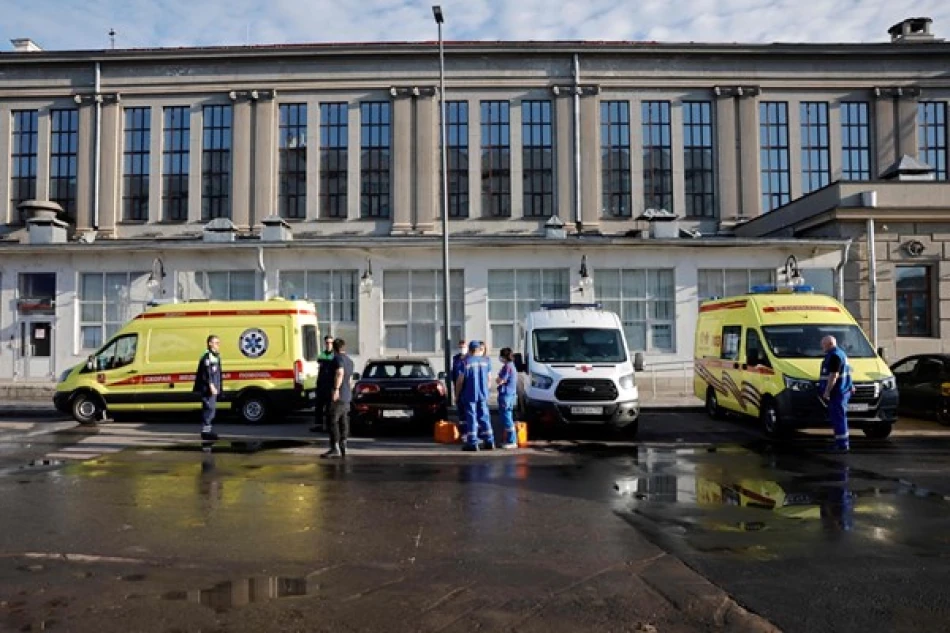
Casualties Reported as Air Strikes Hit Ukrainian Capital Kyiv
Russia Escalates Kyiv Bombardment as Ukraine Braces for Winter War Campaign
Ukrainian authorities reported one death and over 20 injuries following a Russian missile and drone assault on Kyiv Thursday, marking another escalation in Moscow's systematic targeting of the capital as winter approaches. The overnight attack struck multiple districts, underscoring Russia's continued strategy of pressuring civilian infrastructure during the colder months when energy demands peak.
Latest Strike Details
Interior Minister Ihor Klymenko confirmed via Telegram that Russian forces launched a combined missile and drone attack on the capital during the night. The Sviatoshynskyi and Solomianskyi districts bore the brunt of the assault, with casualty figures tallied as of 6:30 AM local time Thursday.
This attack follows a familiar pattern established by Russian forces since October 2022, when Moscow began systematically targeting Ukrainian energy infrastructure and urban centers following military setbacks on the battlefield.
Strategic Timing and Winter Warfare
The timing of this assault aligns with Russia's documented winter campaign strategy. Historical analysis of the conflict shows Moscow typically intensifies strikes on civilian infrastructure during colder months, aiming to strain Ukraine's energy grid when heating demands are highest.
Energy Infrastructure Vulnerability: Ukraine's power grid has been repeatedly targeted since the conflict's early stages, with estimates suggesting over 40% of the country's energy infrastructure has been damaged or destroyed at various points throughout the war.
Broader Military Context
The continued targeting of Kyiv demonstrates Russia's shift toward a war of attrition focused on civilian morale and infrastructure rather than rapid territorial gains. Military analysts note this approach mirrors tactics used in previous conflicts, including Syria, where systematic bombardment of urban centers became a cornerstone strategy.
Air Defense Challenges
Ukraine's air defense systems, while significantly bolstered by Western support including Patriot batteries and NASAMS systems, continue to face challenges against Russia's evolving mix of cruise missiles, ballistic missiles, and Iranian-supplied drones. The combination of different attack vectors complicates interception efforts and strains defensive resources.
International Response Implications
These continued strikes on civilian areas are likely to influence ongoing discussions about military aid packages in Western capitals. The targeting of residential districts typically strengthens arguments for enhanced air defense systems and long-range strike capabilities among Ukraine's allies.
The persistence of attacks on Kyiv also serves as a reminder that despite nearly two years of conflict, Russia maintains the capability to strike deep into Ukrainian territory, challenging narratives about the effectiveness of sanctions and military pressure on Moscow's war machine.
 Layla Al Mansoori
Layla Al Mansoori







